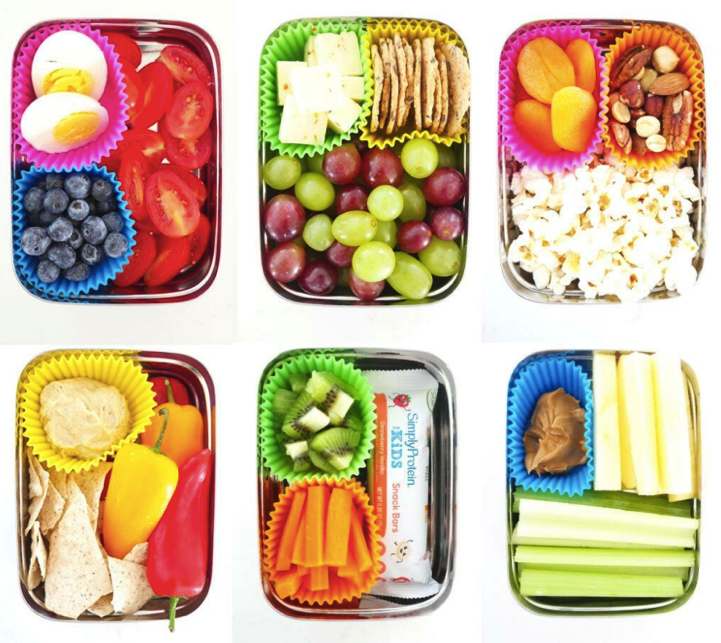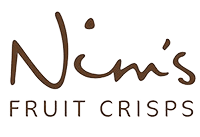Healthy Snacking Ideas for Children’s Lunch Boxes
Healthy Snacking Ideas for Children’s Lunch Boxes
Struggling to find healthy snacks for the children’s lunch box? Are you fed up with confusing ingredient list?
We’ve all been there. It’s difficult to find healthy snacks for your children’s lunch box and dealing with confusing ingredient lists. Here are some tips and ideas to help you select healthier snacks and make informed choices:
1. Read Labels: When you’re buying packaged snacks, pay close attention to the ingredient list. Look for products with shorter ingredient lists, and avoid items with a long list of additives, artificial colors, and preservatives. Choose products with recognisable, whole-food ingredients.
2. Limit Added Sugars: High sugar content is often hidden in kids’ snacks. Look for
snacks with low or no added sugars. Natural sugars from fruits are a better option.
3. Include Fruits and Vegetables: Fresh or air dried fruit and vegetables make excellent and nutritious snacks. You can cut up apples, carrots, celery, and pack them in small containers.
4. Nuts and Seeds: Nuts (like almonds, walnuts, and cashews) and seeds (like pumpkin or sunflower seeds) are high in protein and healthy fats. Be mindful of allergies in your child’s school and choose accordingly.
5. Yogurt: Greek yogurt or yogurt with less added sugar can be a good source of protein
and calcium. You can add some fresh fruits or a drizzle of honey for sweetness.
6. Whole-Grain Snacks: Opt for whole-grain crackers, rice cakes, or whole-grain bread for sandwiches. These provide complex carbohydrates that can keep your child full and energized.
7. Homemade Snacks: Consider making your own snacks at home. This way, you have control over the ingredients. Examples include homemade granola bars, trail mix, and muffins.
8. Cheese: Cheese sticks or cubes are a good source of calcium and protein.
9. Hummus and Veggies: Hummus with sliced cucumbers, cherry tomatoes, or baby
carrots makes for a tasty and nutritious dip.
10. Smoothies: You can make a nutritious smoothie with a blend of fruits, vegetables,
yogurt, and a little honey or maple syrup for sweetness.
11. Air-Popped Popcorn: Popcorn is a whole grain. Air-popped popcorn is a healthier
alternative to heavily buttered or sweetened varieties.
12. Avoid Processed and Junk Foods: Chips, candies, sugary drinks, and heavily
processed snacks are typically not the best choices for a lunch box.
13. Portion Control: Be mindful of portion sizes to avoid overconsumption of any snack.
14. Plan and Prepare: Plan your child’s lunch box snacks in advance. Preparing snacks
at the start of the week can save you time and ensure that you have healthy options on hand.

15. Communicate with Your Child: Involve your child in the process of choosing snacks. Discuss the importance of making healthy choices and help them understand the difference between nutritious and less nutritious options.
Remember that balance is key. It’s okay to include the occasional treat, but try to make the majority of their lunch box choices healthy and nutritious. Additionally, be aware of any school policies or guidelines related to snacks and allergies to ensure that what you pack is safe for everyone.


